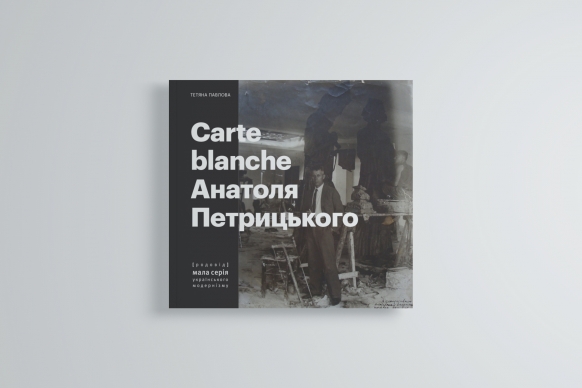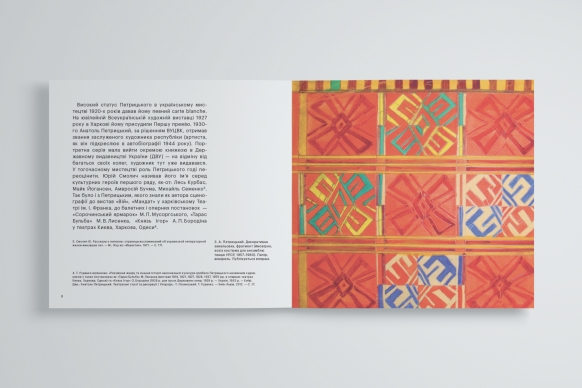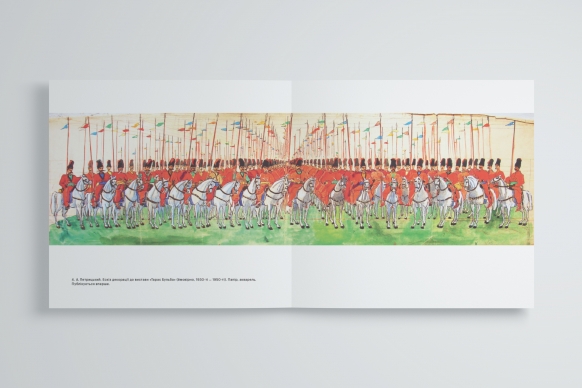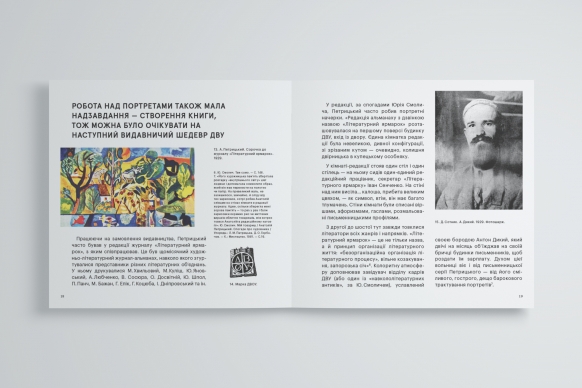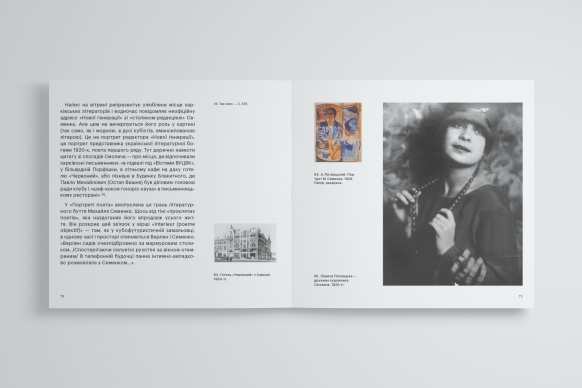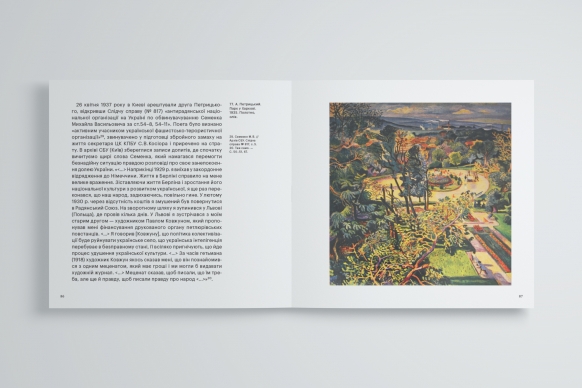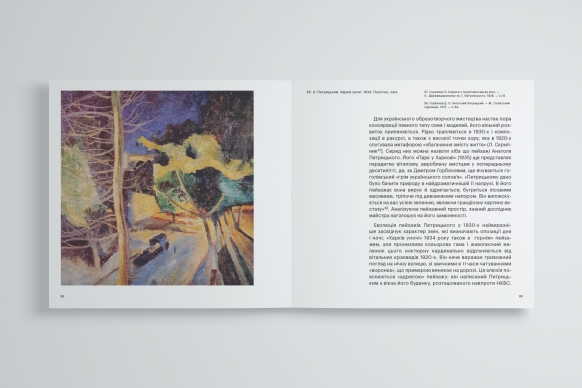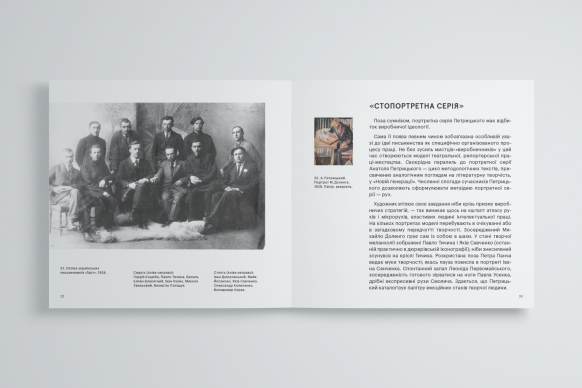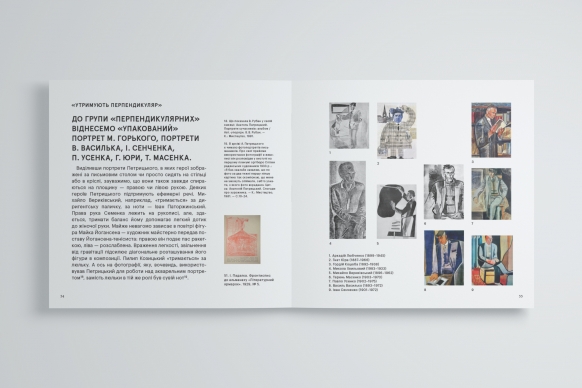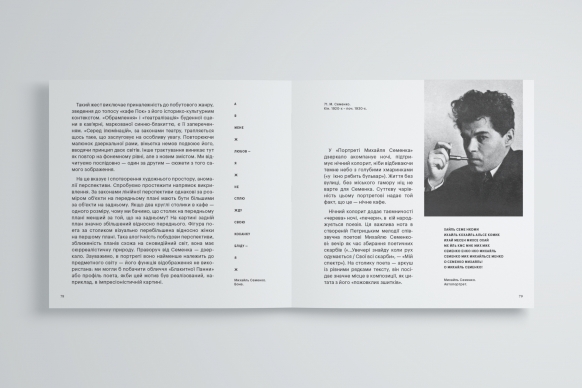Carte Blanche Anatolia Petrytskoho [Anatol Petrytsky’s Carte Blanche]
The fate of Anatol Petrytsky (1895–1965), a first-rank artist of the Ukrainian avant-garde of the first third of the twentieth century, reflects the many twists and turns in twentieth-century Ukrainian art as part of the history of Ukraine, its struggle for independence, its defeats and victories. Like his older predecessors who were born in Ukraine at the end of the nineteenth century (Kazimir Malevich, Aleksandra Exter), he sought to develop his talent in foreign capitals and art centers. He was drawn to the Higher Art and Technical Studios (VKhUTEMAS) in Moscow, where he studied in 1922–24, and the Bauhaus, whose entrance examination he passed in 1933 but was prevented from attending by the fateful changes in the sociopolitical life of Germany.
However, Petrytsky was already formed as an artist by the 1910s on the solid basis of the then already transformed Kyiv school of painting: the Kyiv Art School, the studios of Aleksandra Exter and Oleksandr Murashko, Mykhailo Boichuk’s monumental painting workshop at the Ukrainian State Academy of Arts, and the strong influence of Vasyl Krychevsky and Danylo Shcherbakivsky. He took part in the process of reviving Ukrainian art from his early years. Together with Mykhailo Semenko he blazed the trail for Futurism. Together with Les Kurbas he reformed Ukrainian stage design: he began working on musical productions (Mykola Lysenko’s Taras Bulba, Aleksandr Borodin’s Prince Igor), exploring new avant-garde forms fused into a single undivided whole with the artistic traditions of the professional and folk art of Ukraine. In the 1920s, Petrytsky gained fame at home and abroad primarily as a brilliant avant-garde scenographer. His high status as an artist was confirmed by his highly successful participation in the 17th Venice Biennale (1930), where his large canvas Disabled (1924) became the “highlight of the exhibition,” according to art historian Mykhailo Drahan.
The Kharkiv period (1919–34) knitted together with iron threads the artistic schools of Ukraine into a strong new whole. This was also Anatol Petrytsky’s stellar time.
- Cover: Softcover
- Language: Ukrainian, English Summary
- Number of pages: 120
- Parameters: 160 х 150 х 10 mm; 0,2 kg
- Year: 2017
- Category: Artist Monograph
- ISBN series: 978-966-7845-69-8
- Series title: Ukrainian modernism mini series
- ISBN: 978-966-7845-99-5
Tetiana Pavlova
-
![Oleksandr Bohomazov. Avtoportret [Alexander Bogomazov. Self-portrait]](/upload/media/product_preview/0001/01/thumb_81_product_preview_smaller.jpeg)
Oleksandr Bohomazov. Avtoportret [Alexander Bogomazov. Self-portrait]
-
!["Vasyl Iermilov Zhde Vesnu" [Vasyl Iermilov is waiting for spring]](/upload/media/product_preview/0001/01/thumb_168_product_preview_smaller.jpeg)
"Vasyl Iermilov Zhde Vesnu" [Vasyl Iermilov is waiting for spring]
-
!["Vasyl Iermilov Ozhydaet Vesnu" [Vasyl Iermilov is waiting for spring]](/upload/media/product_preview/0001/01/thumb_177_product_preview_smaller.jpeg)
"Vasyl Iermilov Ozhydaet Vesnu" [Vasyl Iermilov is waiting for spring]
-
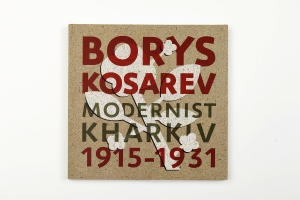
BORYS KOSAREV. Modernist Kharkiv, 1915-1931
-
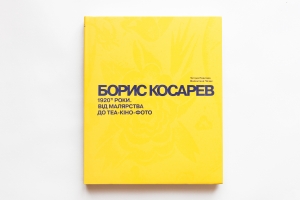
BORYS KOSAREV. 1920s. Vid Maliarstva do Tea-Kino-Photo
-
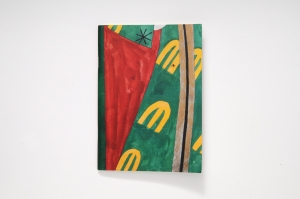
Petrytsky. Don Juan. Notebook
-
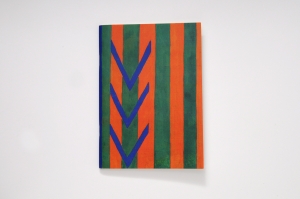
Petrytsky. Young Woman. Notebook
-
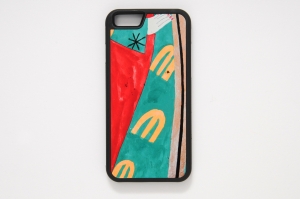
Petrytsky. Don Juan. Phone Cover
-
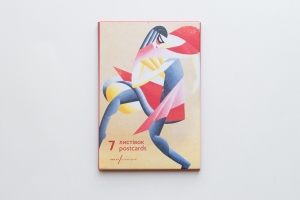
Postcard Set "linia art / ua avant-garde"
-

Petrytsky. Costume. Phone Cover
-
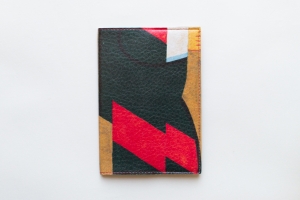
Passport Cover Petrytsky
-
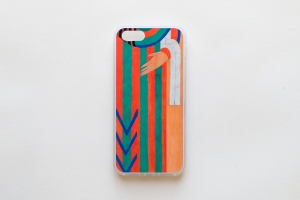
Petrytsky. Young Woman. Phone Cover
